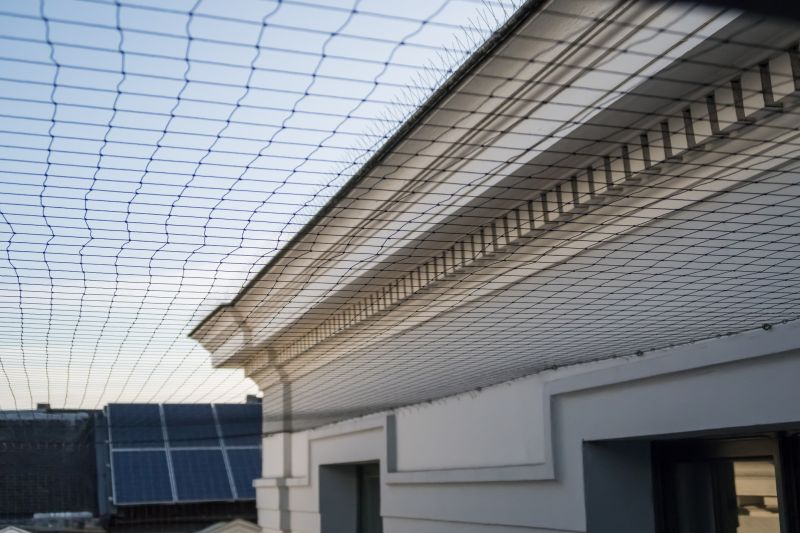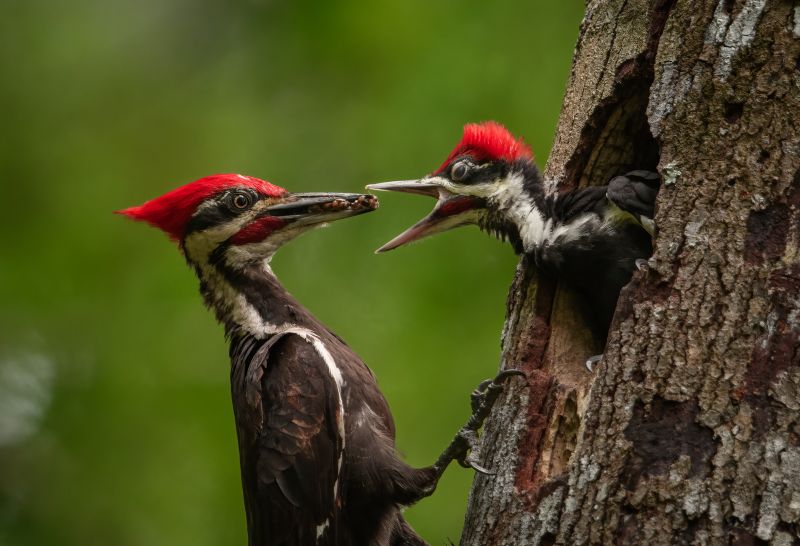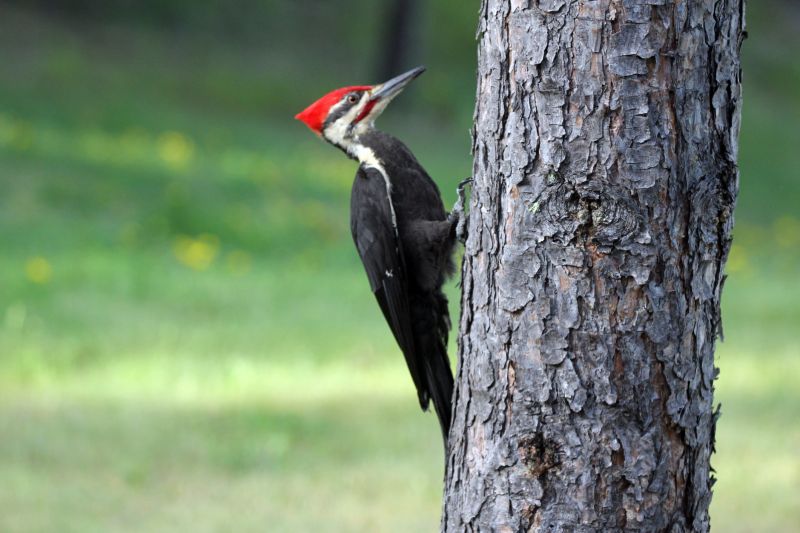Optimal Timing for Woodpecker Control
Effective Woodpecker Controls depend on understanding the bird's behavior and seasonal patterns. The optimal time to implement control measures is during late winter and early spring when woodpeckers are most active in searching for nesting sites and food sources. This period typically precedes the breeding season, reducing the likelihood of damage and disturbance.
Woodpecker activity peaks during late winter and early spring, making it the ideal period for control efforts to prevent nesting and damage.
Implementing controls before the breeding season can reduce long-term damage and minimize the need for repeated interventions.
Weather patterns and food availability can influence woodpecker activity, with increased movement during certain times of the year.
Early detection of woodpecker activity allows for timely control measures, especially before nesting begins.

Damage to wood structures often occurs during peak activity periods.

Woodpeckers select nesting sites in early spring.

Deterrents are most effective when used before nesting begins.

Ways to make Woodpecker Controls work in tight or awkward layouts.

Popular materials for Woodpecker Controls and why they hold up over time.

Simple add-ons that improve Woodpecker Controls without blowing the budget.
| Timing Aspect | Details |
|---|---|
| Late Winter | Increased woodpecker activity, ideal for control measures. |
| Early Spring | Pre-breeding activity, effective for deterrent installation. |
| Breeding Season | Reduced control effectiveness, focus on damage mitigation. |
| Post-Breeding | Monitoring and maintenance of deterrents. |
| Environmental Conditions | Weather influences activity levels and control success. |
Woodpecker controls are most effective when implemented proactively, before nesting and breeding activities intensify. Understanding seasonal patterns allows for strategic planning, minimizing damage to wooden structures and preventing extensive repairs. Proper timing ensures that deterrents and control measures are used when woodpeckers are most receptive to such interventions.

Different methods are used depending on the season and activity levels.

Placement before peak activity enhances effectiveness.

Early signs include tapping sounds and damaged wood.

Timing controls reduces the extent of structural damage.

High-end options that actually feel worth it for Woodpecker Controls.

Finishes and colors that play nicely with Woodpecker Controls.
Properly timed Woodpecker Controls can significantly reduce structural damage and maintenance costs. Regular monitoring during the early months of activity allows for adjustments in deterrent strategies, ensuring ongoing effectiveness throughout the season.



